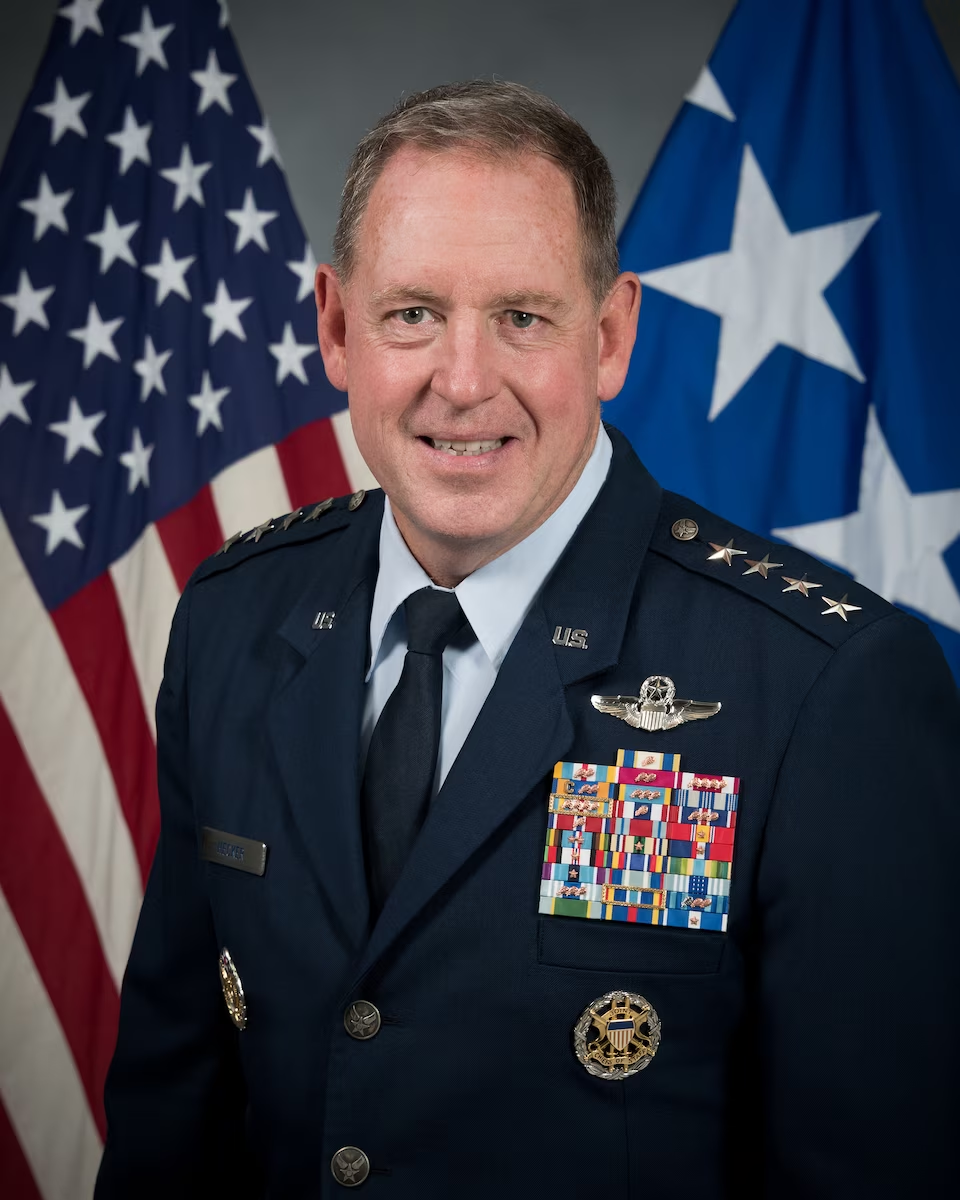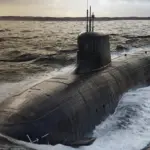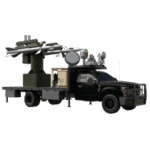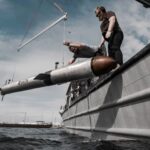
NATIONAL HARBOR, Md.—A network of low-cost acoustic sensors developed and in use by Ukrainian forces to detect and counter low flying one-way drones launched by Russian forces is so effective that the commander of U.S. Air Forces in Europe is lobbying allied air chiefs to pursue similar technologies. Gen. James Hecker said he has “been pushing this for a while for some NATO countries to acquire technology to detect the “low, slow, low-radar cross section one-way UAVs [and] cruise missiles.”…

 By
By 











